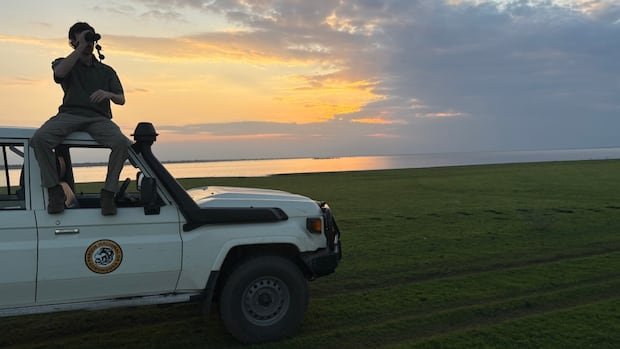In the realm of science, the common image of a scientist typically involves them donning a white lab coat, engrossed in peering through a microscope amidst a laboratory filled with test tubes and intricate equipment. While laboratory work remains a pivotal aspect of scientific inquiry, there exists an alternative facet where researchers venture into the natural world equipped with cameras, sound recorders, and various instruments to actively study their subjects.
These endeavors may encompass activities such as observing a den of wild dogs in Africa by crawling under bushes, documenting turtles communicating in a renowned Canadian park, or utilizing cutting-edge scanners to virtually unwrap ancient Incan mummies in Peru. Occasionally, these scientific excursions yield unexpected discoveries, like stumbling upon unexploded Second World War bombs while testing mineral-prospecting drones in an Ottawa bog, adding an element of surprise and thrill to the scientific pursuit.
Fieldwork serves as the platform where many scientists collect data that they subsequently analyze within the confines of a laboratory setting. Despite skepticism surrounding research into seemingly obscure topics, such as the intricate mating rituals of insects in tropical rainforests, all scientific investigations fundamentally aim to unravel the underlying mechanisms of nature. The exploration of these realms sheds light on the intricate interconnections within the natural world, echoing the sentiments of renowned naturalist John Muir: “When one tugs at a single thing in nature, he finds it attached to the rest of the world.”
Science serves as the conduit through which we unravel the intricate web linking insects to the broader spectrum of life on our planet, showcasing how life intertwines with the atmosphere, oceans, and geological phenomena like volcanic eruptions, collectively shaping the intricate ecosystem known as Earth. On a grander scale, astronomers contemplate the cosmic expanse where Earth orbits a star among billions within a colossal galaxy, nestled amidst billions of galaxies in an ever-expanding universe.
Over the past five decades, Quirks & Quarks has been at the forefront of documenting these scientific breakthroughs weekly, fostering a growing interest in science and the individuals driving its advancement. Despite contemporary challenges such as climate change, surging populations, and escalating demands for vital resources like energy, water, and food, coupled with the rapid disappearance of natural habitats and species, science remains our beacon of hope. A scientifically literate society holds the key to formulating informed decisions that pave the way for sustainable solutions to these pressing issues.
In a bid to contribute to this scientific literacy, Quirks & Quarks endeavors to showcase insights from the scientific community. As we gear up to commemorate our 50th anniversary in October, we eagerly anticipate delving into the realm of forthcoming discoveries spanning diverse scientific domains to reflect on the remarkable journey since our inception in 1975. The vast mysteries of the universe, from the enigmatic realms of dark matter and dark energy to the origins of life and the potential existence of life beyond Earth, beckon our exploration. Whatever revelations science unveils, Quirks & Quarks stands poised to relay these discoveries to our audience.

